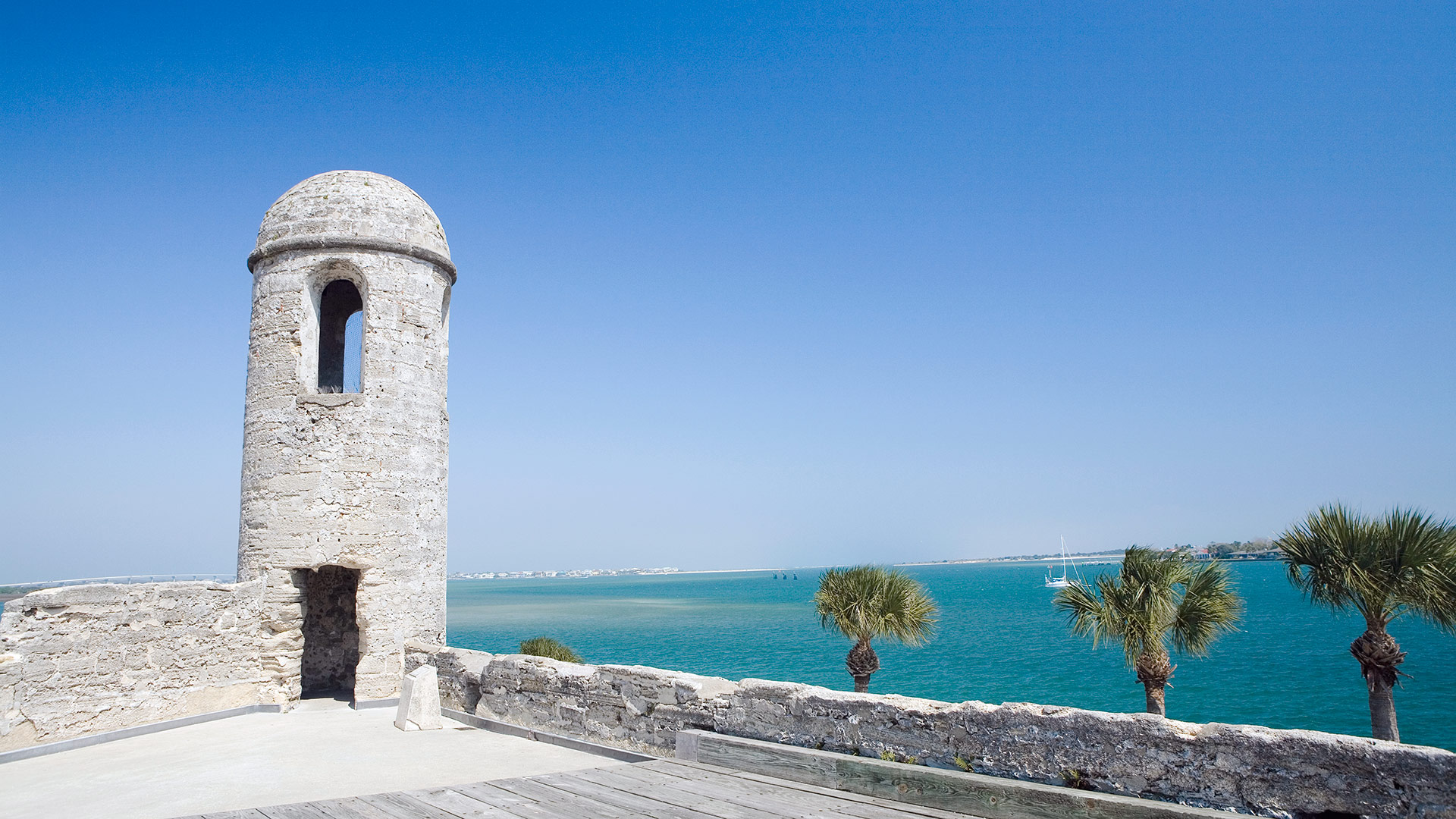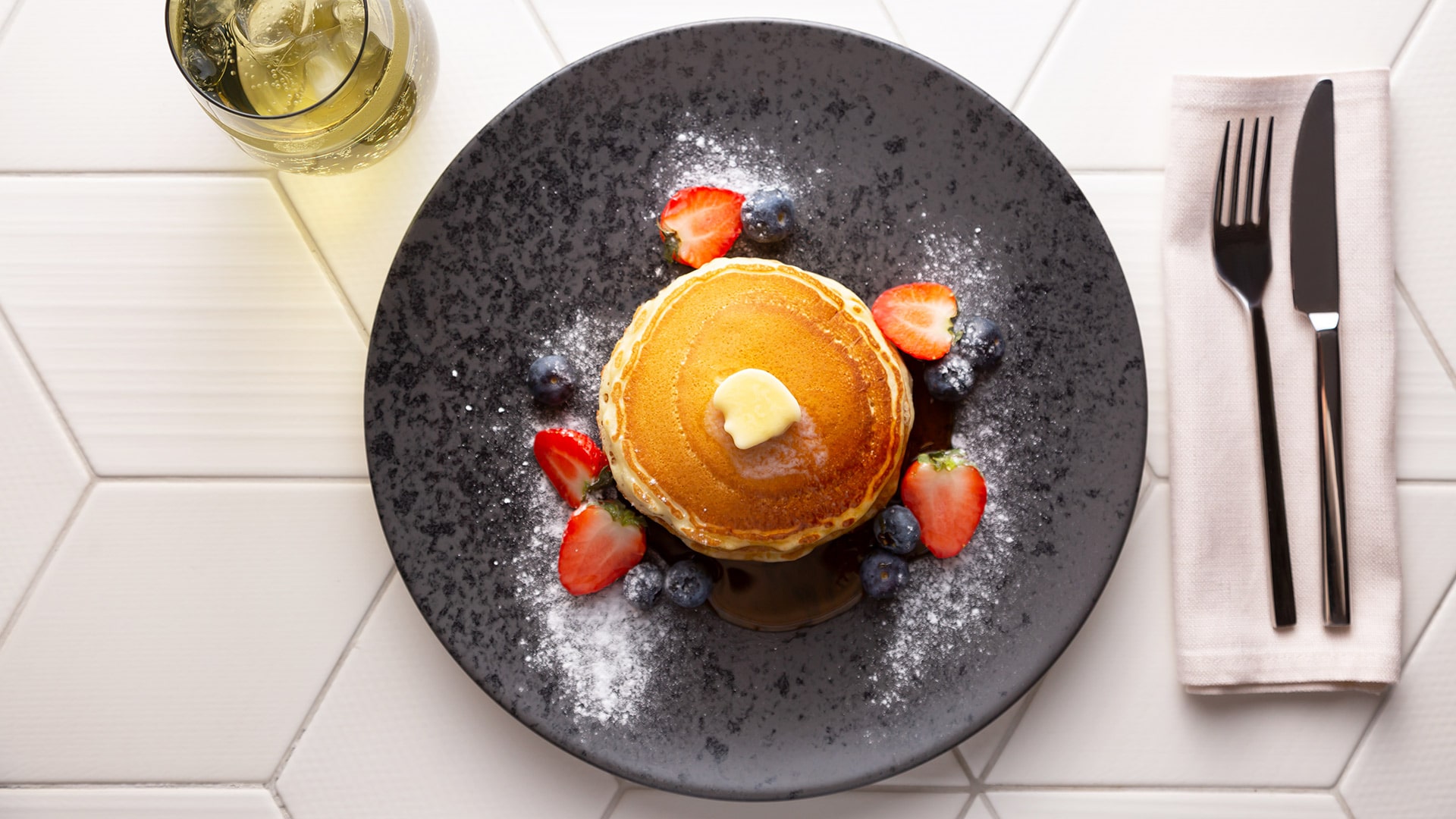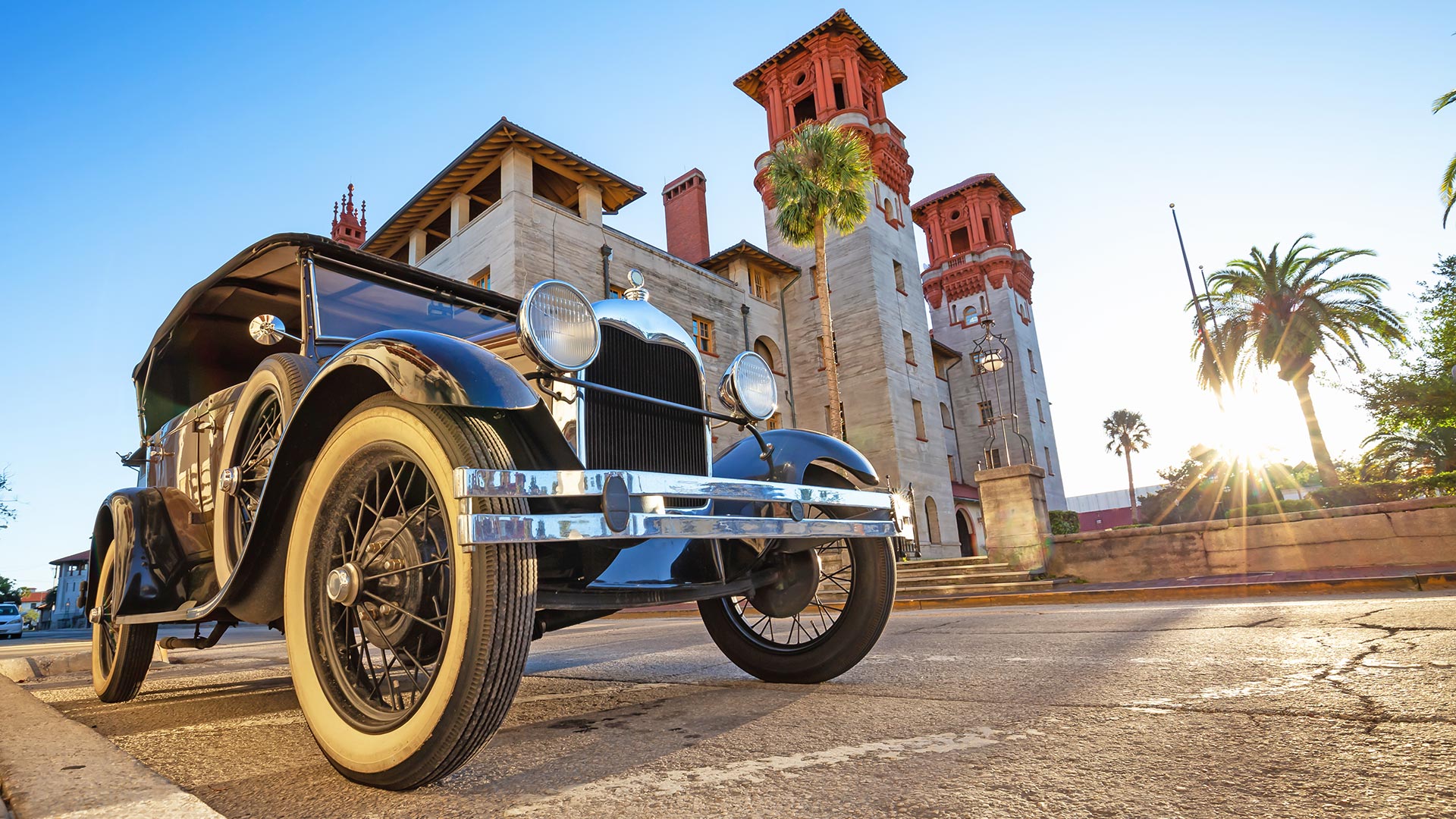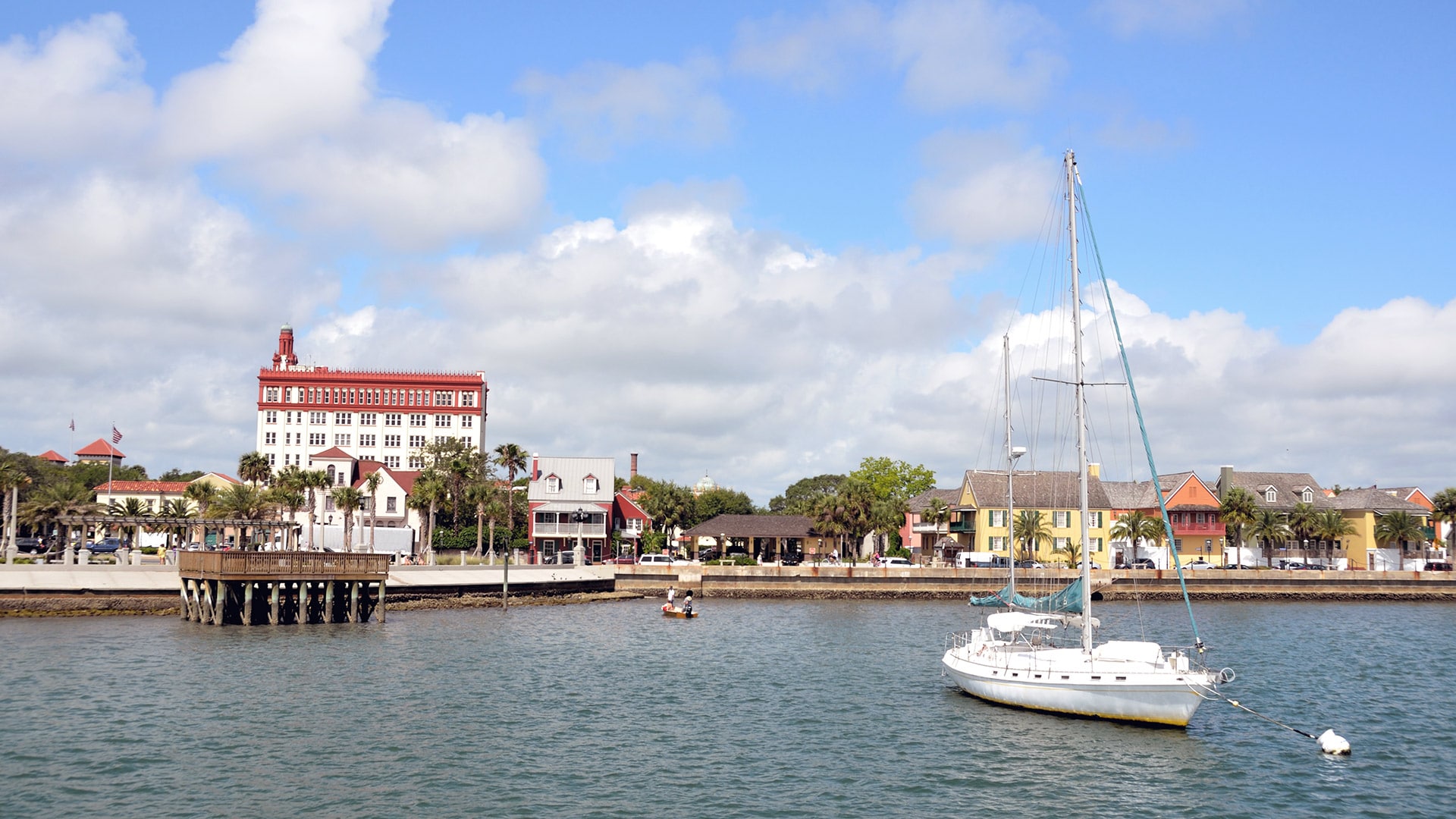Located on Florida’s Atlantic Coast, St. Augustine is best known as the first European-inhabited city in the United States.
But that’s only one chapter in St. Augustine’s fascinating history — and just one facet of its timeless charm.
Over the course of three days in this charismatic coastal city, you’ll explore different sides of its past, from the legacy of the Indigenous Timucua people and a 17th-century fort built to protect the coast from pirates to one of the most significant (and still very vibrant) historically Black neighborhoods in the country.
As always, check for travel restrictions and closures before planning your trip.
Friday: Explore Spanish Colonial History

Start your first day in St. Augustine by exploring the legendary Historic District, crammed with centuries-old buildings and offering panoramic views of Matanzas Bay.
You won’t be able to miss the Castillo de San Marcos, an imposing fortress built by the Spanish in 1695 (and the oldest masonry fort in the continental U.S.). Take a self-directed tour to learn about the fort’s layered history, admiring the shell stone walls, wooden drawbridge and impressive gun deck.
Next, make your way to St. George Street. One of the neighborhood’s main drags, this thoroughfare is flanked by funky shops, hip cafés and cool bars.
Head to the nearby City Perks to order a midmorning pick-me-up (if you’re not a coffee drinker, try the nitro iced tea), then continue on to the Colonial Quarter. At this living history museum, you can watch a blacksmith demonstration, learn how to load a 17th-century-style musket and see the flag that once flew over Ponce de Leon’s ship.
Pop into the Cathedral Basilica of St. Augustine with its awe-inspiring stained-glass windows and interior murals. When you get hungry, take a seat at the elegant Costa Brava restaurant for creative Spanish fare, a reference to St. Augustine’s founders.
If you have kids in tow, the St. Augustine Pirate & Treasure Museum is a trove of educational displays on the history of the pirates who patrolled this coast in centuries past. Adults-only groups can head north to admire the ivy-covered Mission Nombre de Dios and the kitsch of Ponce de Leon’s Fountain of Youth Archaeological Park.
When night falls, head to the west side of downtown for dinner at the Ice Plant. Located inside a thoughtfully restored 20th-century ice factory, the restaurant (and on-site distillery) serves farm-to-table dishes and craft cocktails.
In a nod to the past, the restaurant takes its ice seriously, serving three different kinds of frozen water in its drinks and maintaining a 300-pound block from which bartenders create custom cubes
Saturday: Surround Yourself in Natural Wonders

With so many historic structures, atmospheric streets, great museums and fine-dining options, it’s easy to forget that St. Augustine is also a beach town.
Enjoy a quick breakfast at Sea Oats Caffe, where you can choose from more than 30 pancake flavors, like cranberry with candied pecans or bacon and jalapeño, before heading just south of the city to Crescent Beach.
Named for the gentle curve of the shore, locals especially love this spot of sand — the area offers plenty of parking and it’s not as crowded with sunbathers as other spots.
Bird-watchers and hikers will enjoy an excursion into nearby Matanzas State Forest. These 4,699 acres of pine trees and swamps are easily traversed by marked hiking and biking trails. Look for songbirds and wading marsh birds, including the threatened, football-shaped wood stork. Pack a picnic and spend the afternoon with a leisurely (read: pancake-flat) hike around the 5.9-mile loop trail.
Following your afternoon effort, reserve a table at Safe Harbor Seafood, a popular spot for just-pulled-from-the-sea fare, including conch fritters, crabcakes and a daily-catch special.
For more turf and less surf, check out Smokin’ D’s BBQ, a smokehouse that slow-cooks and smokes meat for up to 15 hours. The fall-off-the-bone ribs and fork-tender brisket will make you long for more even after you’ve had your fill.
After dinner, head to Tradewinds Lounge at the base of the Bridge of Lions for live music, dancing and tropical decor.
Sunday: Experience Lincolnville
Head south of the Historic District today to wander around Lincolnville, an atmospheric area that is also one of the most important historic Black neighborhoods in the country. Founded following the Civil War by emancipated men and women, Lincolnville tells a fraught but powerful history of Black residents during the Reconstruction, Jim Crow-era South, Civil Rights Movement and on up to today.

Get a good orientation and historical understanding of the district at the Lincolnville Museum & Cultural Center and then visit the ACCORD Museum to learn about the Civil Rights Movement in Florida. Dr. Martin Luther King Jr. stayed in St. Augustine and took many of his meetings in this building, the former dentist’s office of local activist Dr. Robert Hayling.
For lunch, consider the Blue Hen Café, serving hearty Southern fare like fried green tomatoes, buttermilk fried chicken and a delicious pulled-pork sandwich.
Then continue along the ACCORD Freedom Trail, which marks 31 historic locations, including the sites of revolutionary lunch-counter sit-ins, the onetime headquarters of the Southern Christian Leadership Conference’s Florida chapter, and the homes of pioneers of the anti-school-segregation movement.
Stay in Lincolnville for dinner and snag a table at Preserved, a historic restaurant specializing in elevated dishes like seared scallops and bouillabaisse made with locally caught seafood.
After dinner, take an evening constitutional around Maria Sanchez Lake, or visit Dog Rose




